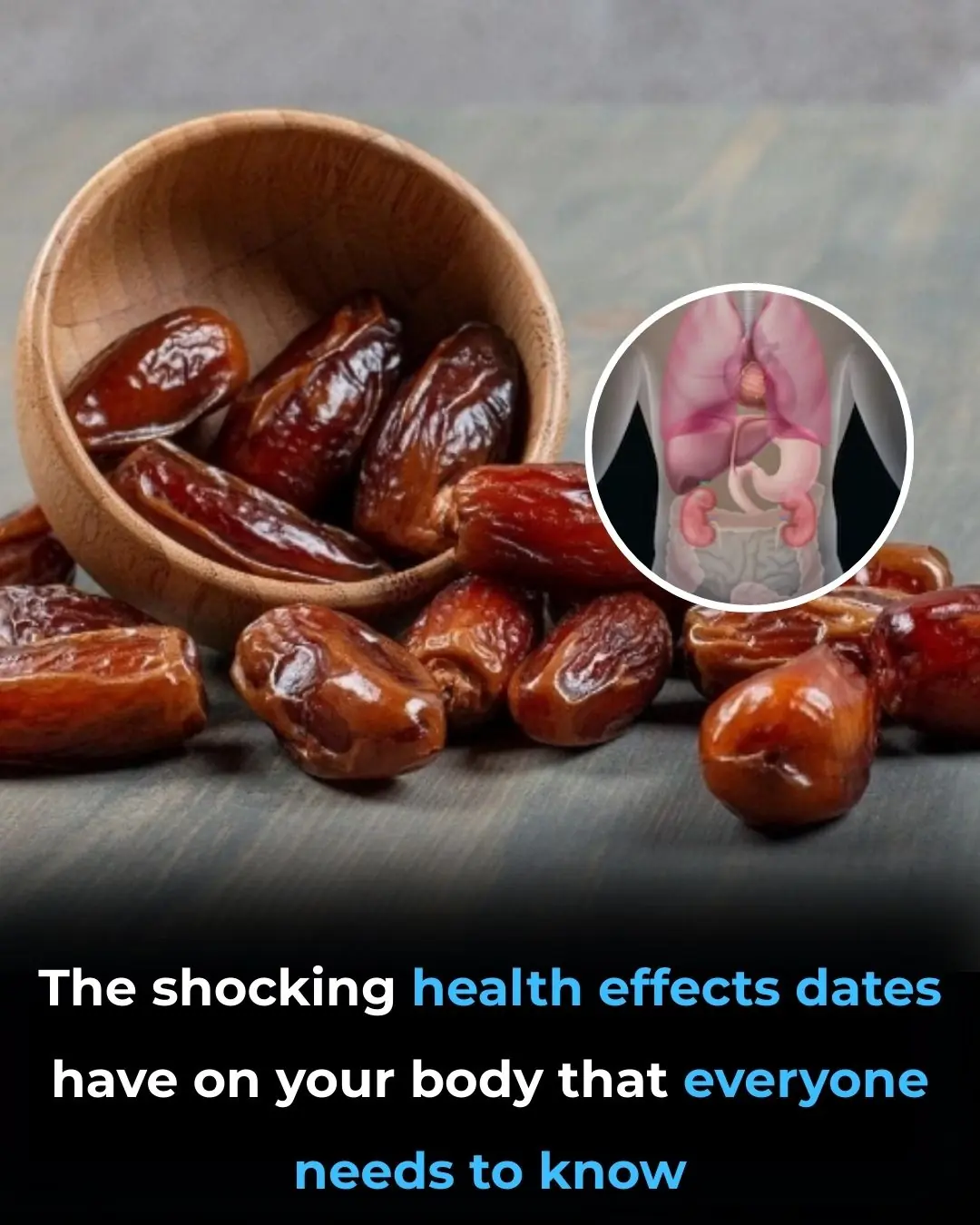
Man Goes Viral Due to Severe Head Lice Infestation
Shocking Video of Tricycle Driver’s Severe Head Lice Infestation Sparks Public Health Concern
A disturbing video showing a tricycle driver suffering from an extreme head lice infestation has gone viral on social media, drawing widespread concern from Filipino netizens. The footage was initially posted by Facebook user Primo Onipa, but has since been deleted. Onipa stated that his intention was to raise awareness about the dangers of untreated lice infestations, particularly among those who work in public-facing roles.
In the video, lice can be clearly seen crawling on the back of the driver’s neck and on his shirt collar — a stark visual representation of just how severe the infestation was. The clip quickly caught the attention of the public, prompting discussions about hygiene, health education, and the accessibility of medical treatment in low-income communities.
Onipa also took the opportunity to remind fellow drivers of the importance of maintaining personal hygiene, especially given their daily close contact with numerous passengers. He emphasized that staying clean isn't just about appearances — it’s a matter of public health and personal dignity.
Medical professionals have also weighed in. Dr. Jay Recasata of Faces and Curves Medical Center highlighted the seriousness of such infestations. “Head lice are highly contagious and can spread quickly, especially in crowded environments. They thrive at the base of hair follicles, multiply rapidly, and feed on blood from the scalp,” he told The Filipino Times. “If left untreated, they can cause open wounds on the scalp, increasing the risk of secondary bacterial infections.”
Fortunately, treatment for head lice is relatively simple and affordable. Dr. Recasata noted that a specialized medicated shampoo — typically priced around P500 per bottle — is effective in eradicating the parasites. However, he warned that in more severe cases, repeated treatment and follow-up care may be necessary to fully eliminate the infestation.
Dr. Enrique Collantes from Derma Clinic added that prolonged, untreated lice infestations could have more serious health consequences. “In rare cases, chronic blood loss caused by lice feeding can contribute to anemia and even malnutrition, particularly in children or individuals with weakened immune systems,” he explained.
According to the UK’s National Health Service (NHS), head lice are spread mainly through direct head-to-head contact with an infested person. However, they can also be transmitted by sharing personal items like combs, hairbrushes, hats, or even towels. Lice may survive for a short period on soft surfaces such as bedding, upholstered furniture, or clothing, which can facilitate further spread.
To prevent the spread of lice, health authorities recommend several precautionary measures. These include washing clothes, pillowcases, and bedsheets in hot water (at least 130°F or 54°C), vacuuming floors and upholstered furniture, and soaking combs and brushes in hot water for at least five to ten minutes. Routine hygiene checks among children and people in close-contact environments, like public transport workers, are also advised.
The incident has reignited conversations about the importance of public hygiene education and the need for more accessible healthcare resources, especially for low-income and working-class individuals. For those in professions that involve frequent interaction with the public, like tricycle and jeepney drivers, maintaining good hygiene isn't just a personal issue — it’s a community responsibility.
News in the same category


DIY Turmeric & Ginger Shots to Fight Inflammation, Boost Immunity & Soothe Your Gut

White Bumps or Spots on Lips: Causes and Effective Treatments
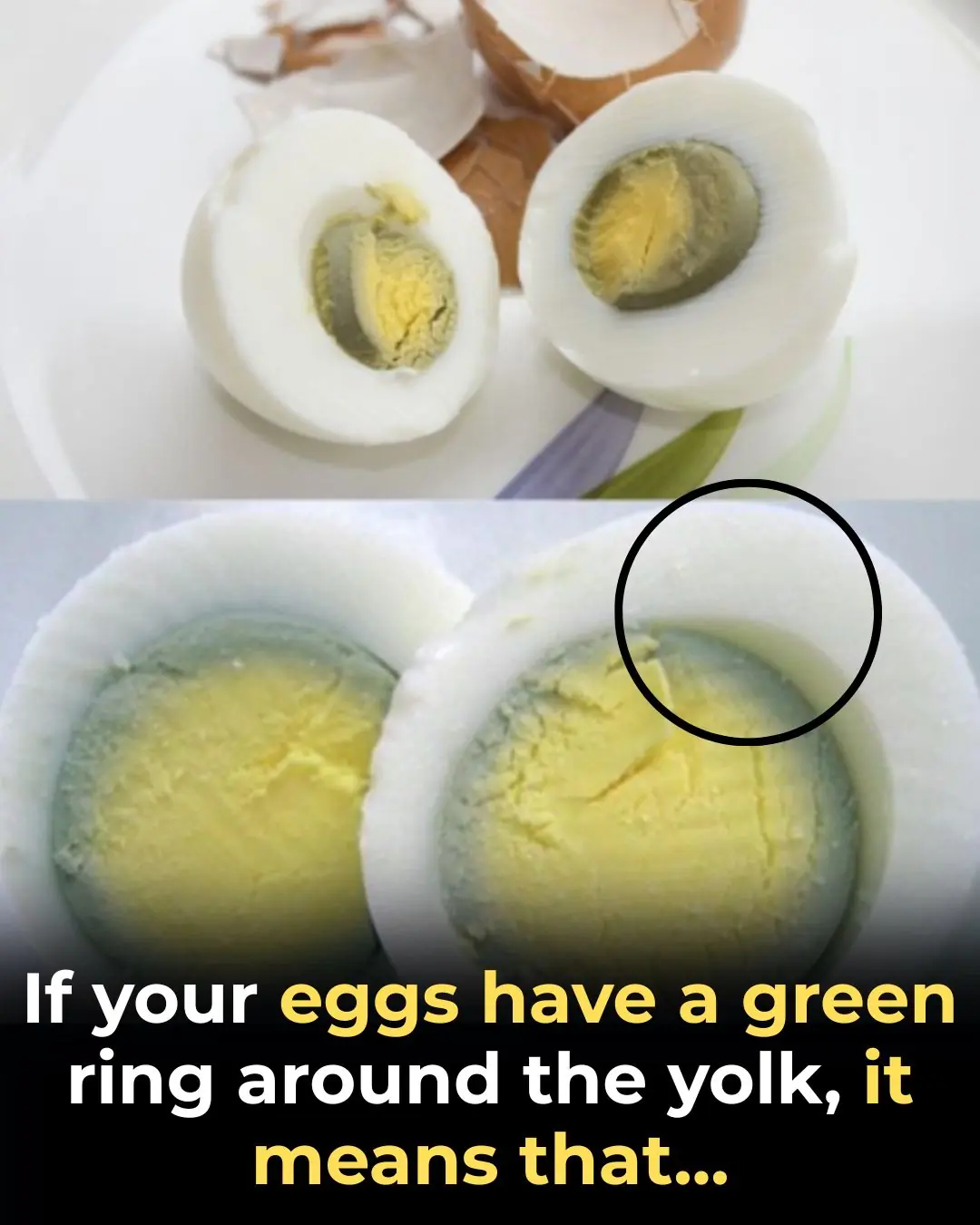
HealthWhy Your Hard-Boiled Eggs Have That Weird Green Ring

Why Your Blood Pressure Is Higher in the Morning

This 20-Minute Treadmill Workout Builds Strength After 50

The Best Times to Eat Yogurt for Effective Weight Loss and Gut Health

"The King of Herbs": Aids Heart Health and Helps Dissolve Kidney Stones
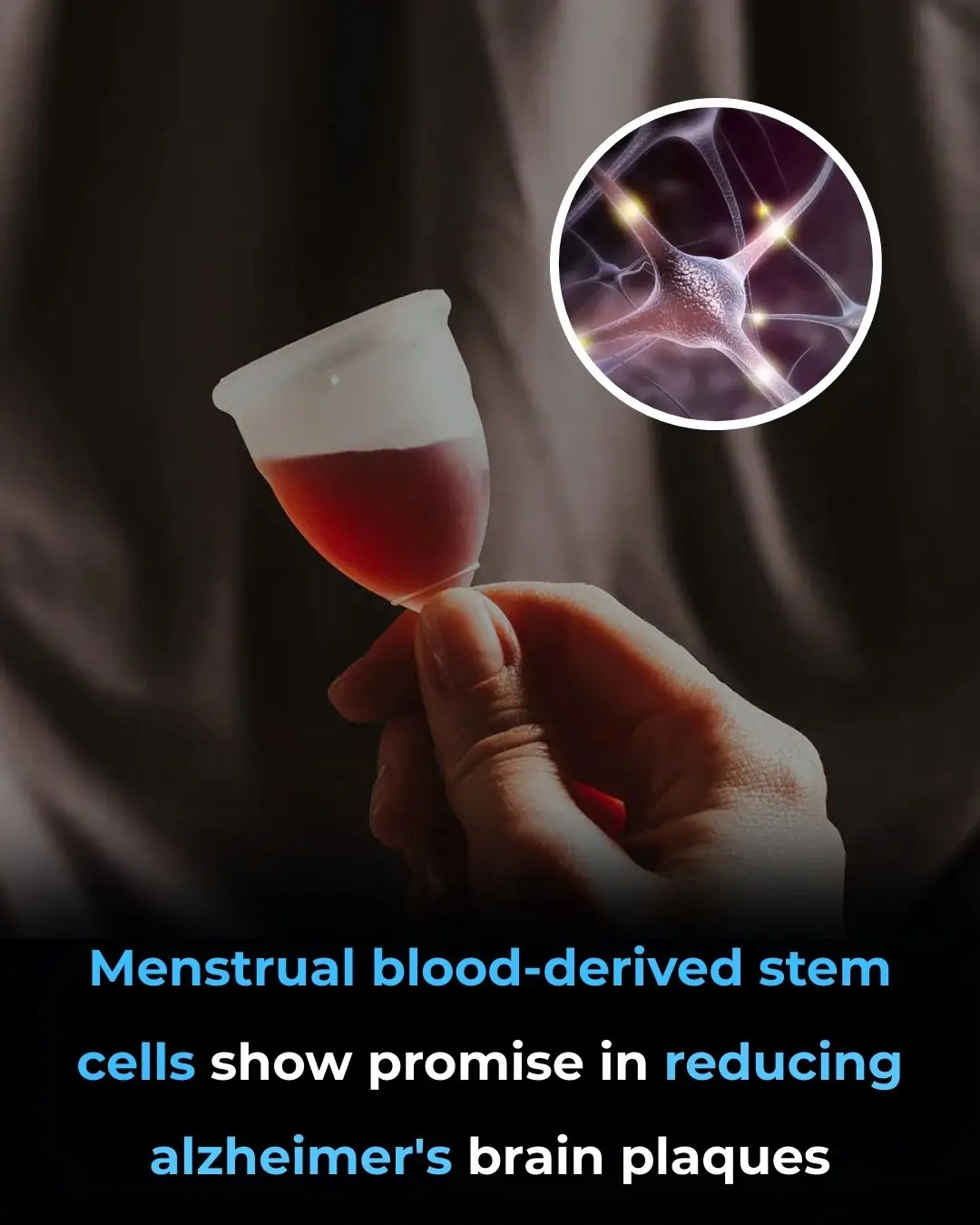
Menstrual Blood–Derived Stem Cells and Amyloid Pathology in Alzheimer’s Disease: Evidence from Preclinical Research

Household Chores and the Development of Executive Functions in Children

Edible Mushroom Consumption and the Prevention of Subclinical Thyroid Dysfunction
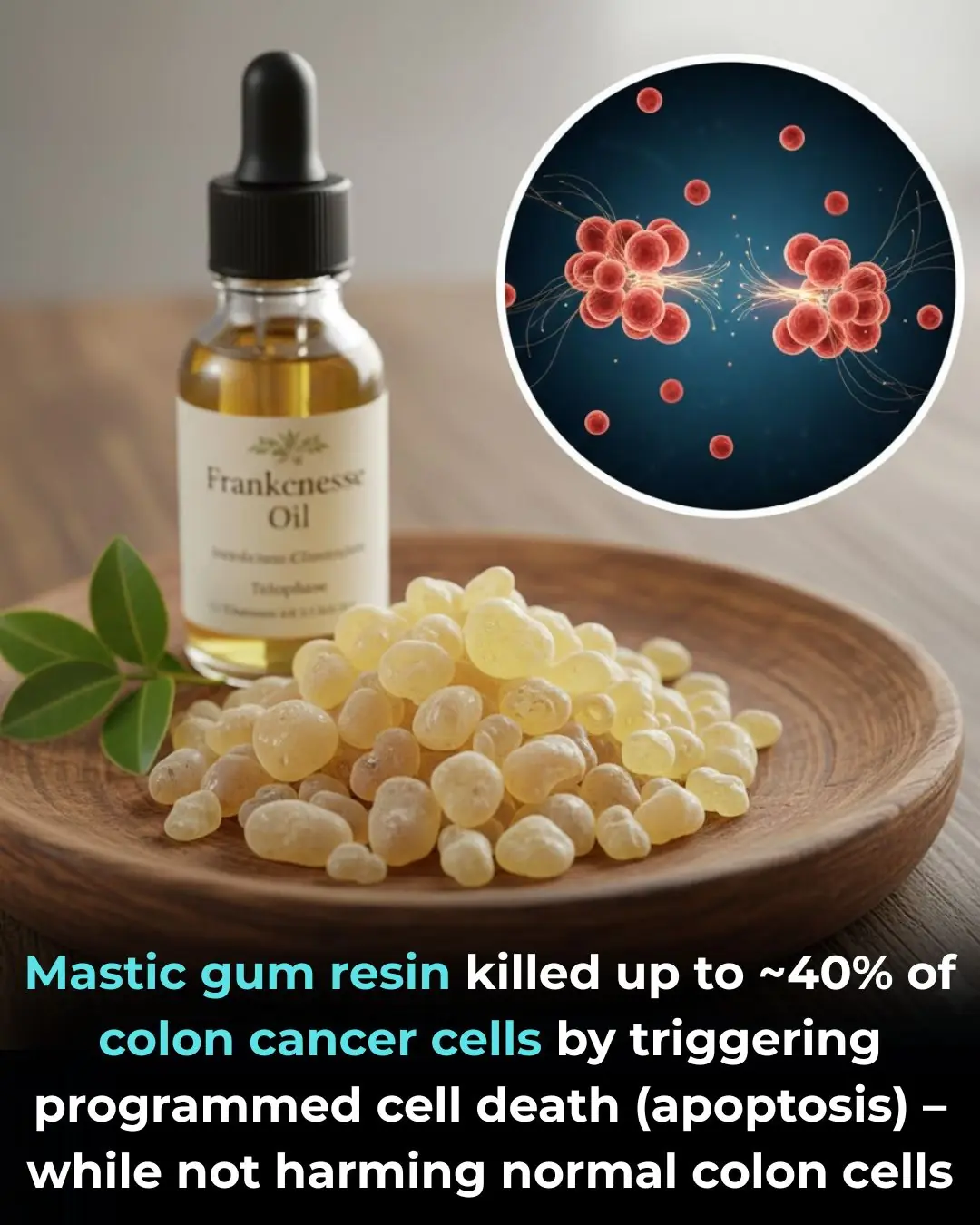
Anticancer Potential of Mastic Gum Resin from Pistacia atlantica: Evidence from In Vitro Colon Cancer Models

The Effects of Raw Carrot Consumption on Blood Lipids and Intestinal Function

Off-the-Shelf CAR-NKT Cell Therapy Targeting Mesothelin: A New Strategy Against Pancreatic Cancer

The Truth About the Link Between Sugar and Cancer
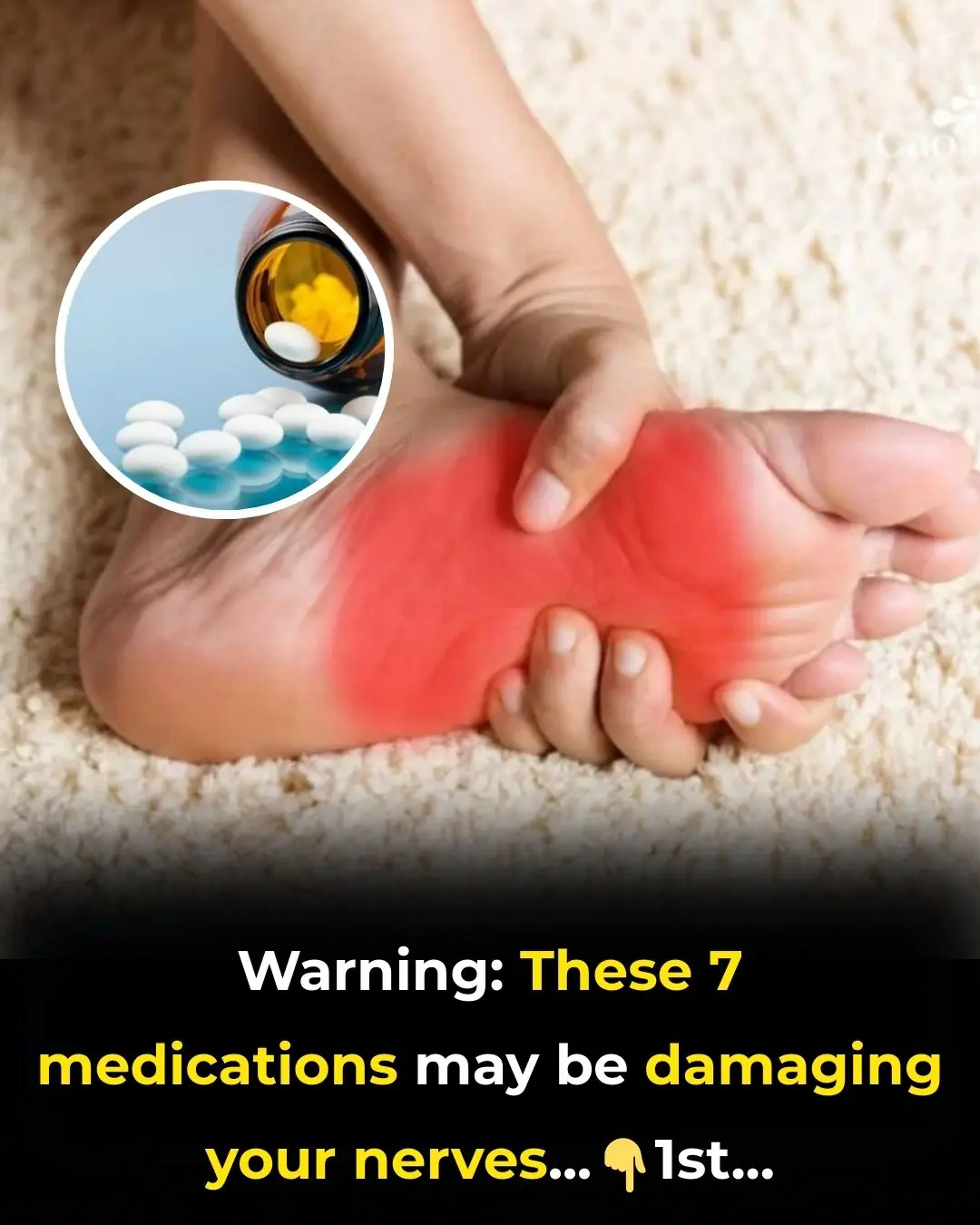
Beware! 7 Neuropathy Causing Medications You Need to Know

Doctors have summarized five warning signs that a person's body typically gives in the year before death
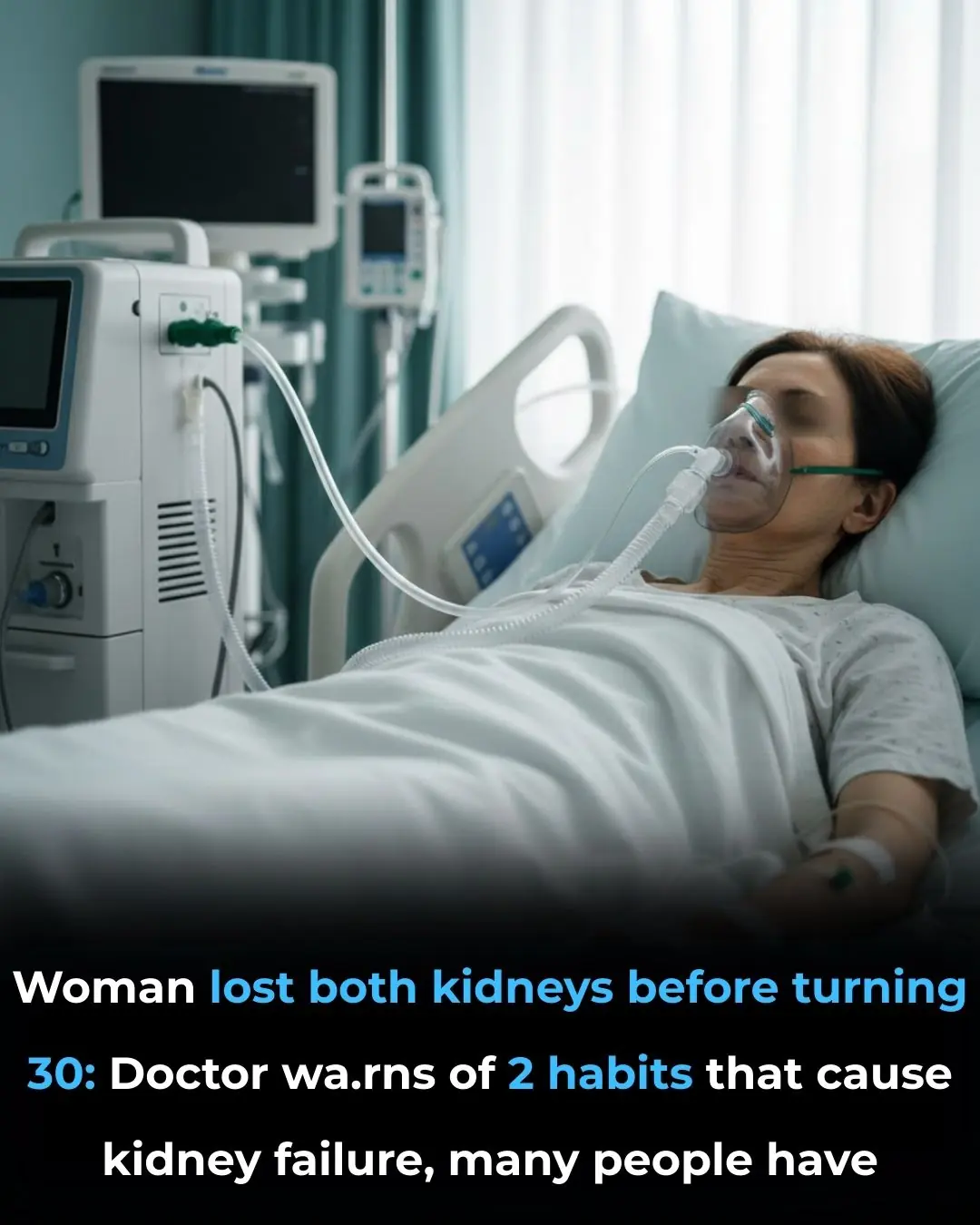
Woman lost both kidneys before turning 30: Doctor warns of 2 habits that cause kidney failure
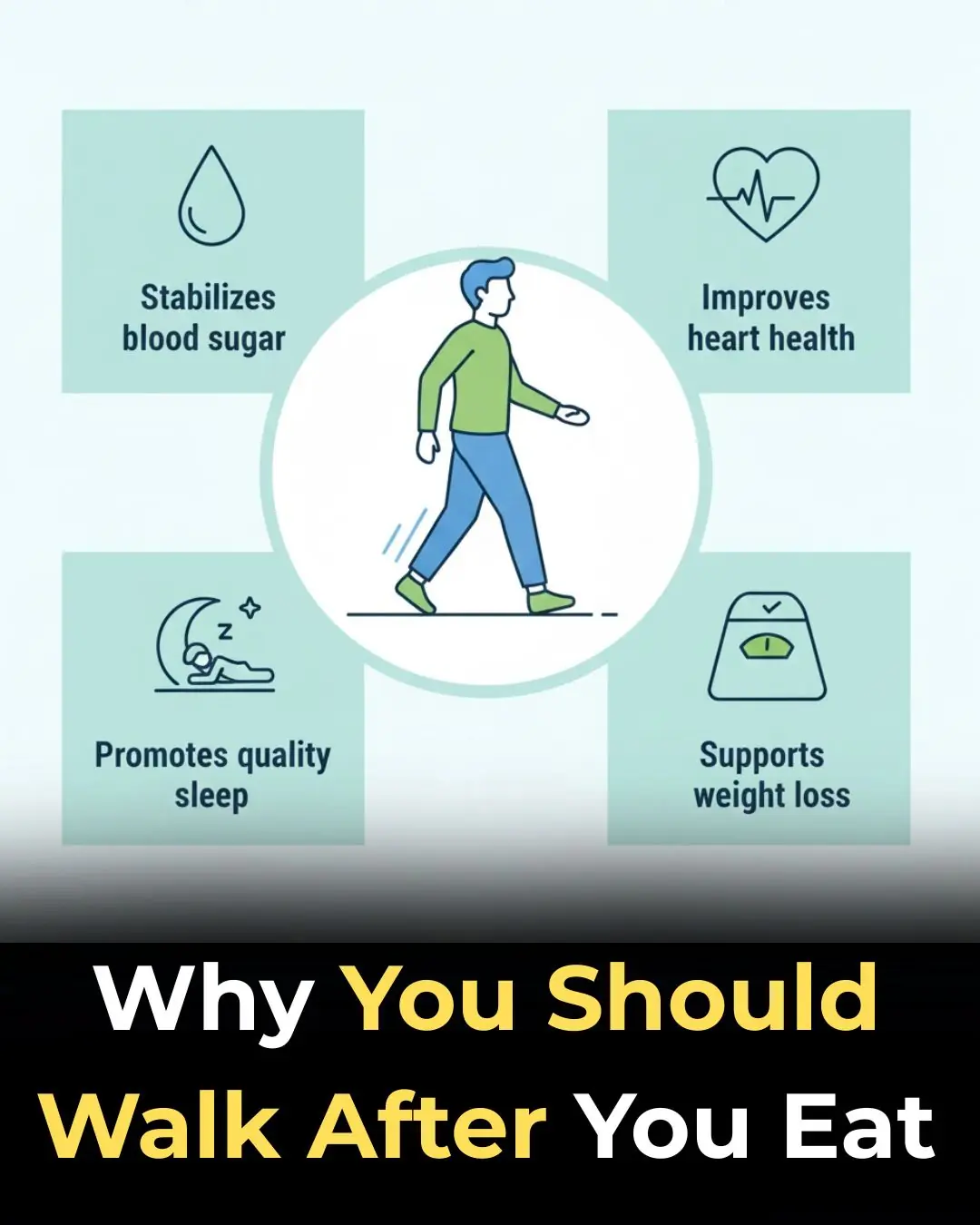
Why Walking After Eating Is So Good for You
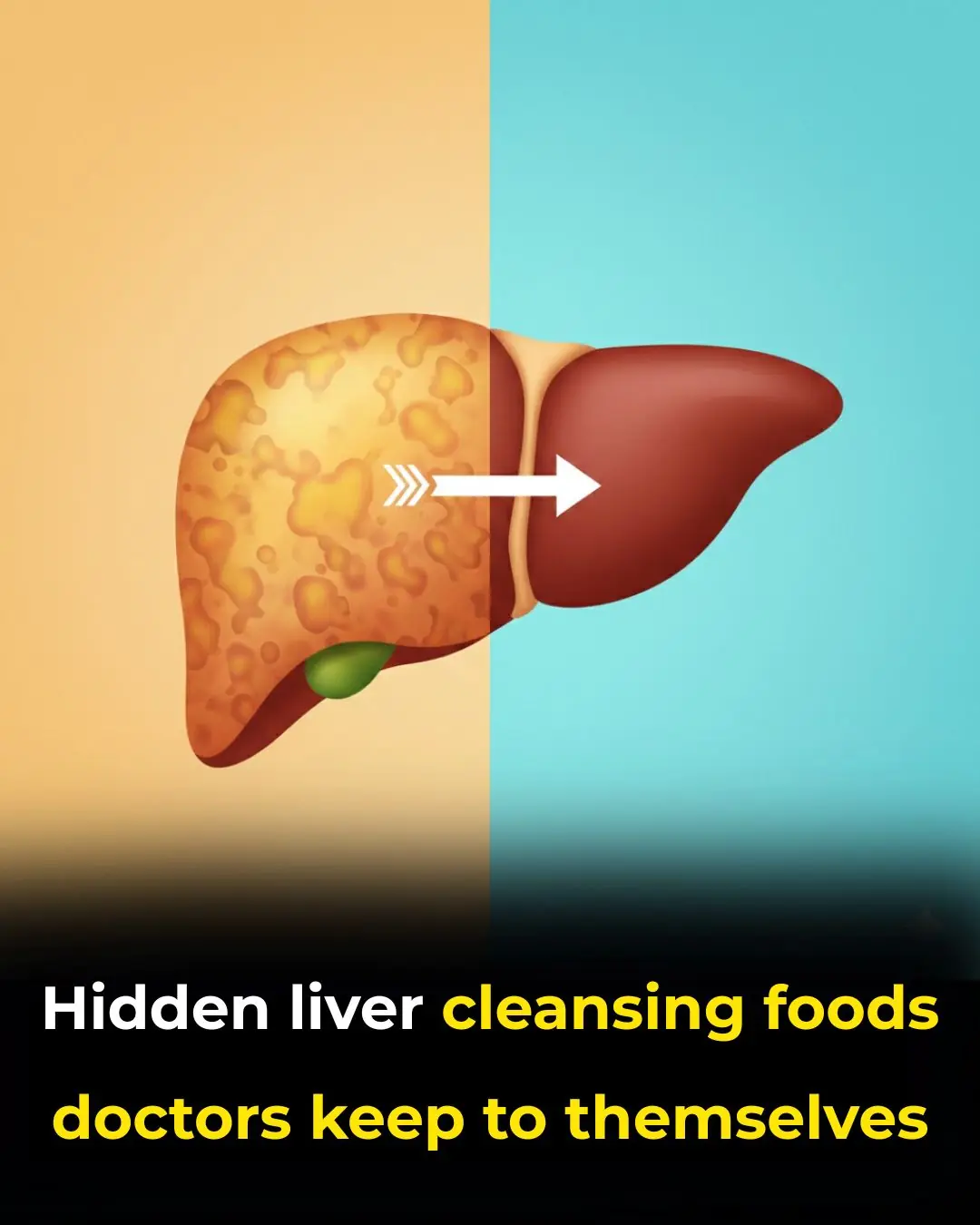
The Best Scientifically Proven Foods to Cleanse Your Liver
News Post

Purple blotches keep showing up on my arms. Doctor isn’t available for weeks. What should I do?

Ugh, got a crusty looking bump on my elbow. Can I remove this myself at home, or do I need to see a doc? Looks so bad

Proven Health Benefits of Dates (Dried, Fresh, Medjool) – Science Based

DIY Turmeric & Ginger Shots to Fight Inflammation, Boost Immunity & Soothe Your Gut

White Bumps or Spots on Lips: Causes and Effective Treatments

Don't add vermicelli to your spring rolls; add this ingredient to make them crispy, and you can make a hundred of them to eat gradually – they'll still taste delicious.

When thawing pork, don't soak it in water. These two methods are extremely effective and keep the meat fresh.

When making spring rolls, remember to brush this onto the wrapper; the spring rolls will be crispy, golden brown, and won't get soggy even after a while.

HealthWhy Your Hard-Boiled Eggs Have That Weird Green Ring

Why Your Blood Pressure Is Higher in the Morning

This 20-Minute Treadmill Workout Builds Strength After 50

The Best Times to Eat Yogurt for Effective Weight Loss and Gut Health

"The King of Herbs": Aids Heart Health and Helps Dissolve Kidney Stones

Menstrual Blood–Derived Stem Cells and Amyloid Pathology in Alzheimer’s Disease: Evidence from Preclinical Research

Household Chores and the Development of Executive Functions in Children

Edible Mushroom Consumption and the Prevention of Subclinical Thyroid Dysfunction

Anticancer Potential of Mastic Gum Resin from Pistacia atlantica: Evidence from In Vitro Colon Cancer Models

The Effects of Raw Carrot Consumption on Blood Lipids and Intestinal Function

Off-the-Shelf CAR-NKT Cell Therapy Targeting Mesothelin: A New Strategy Against Pancreatic Cancer
